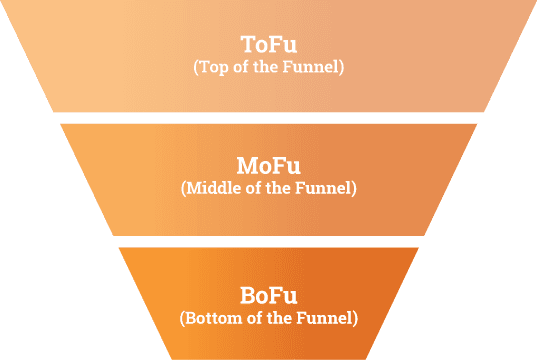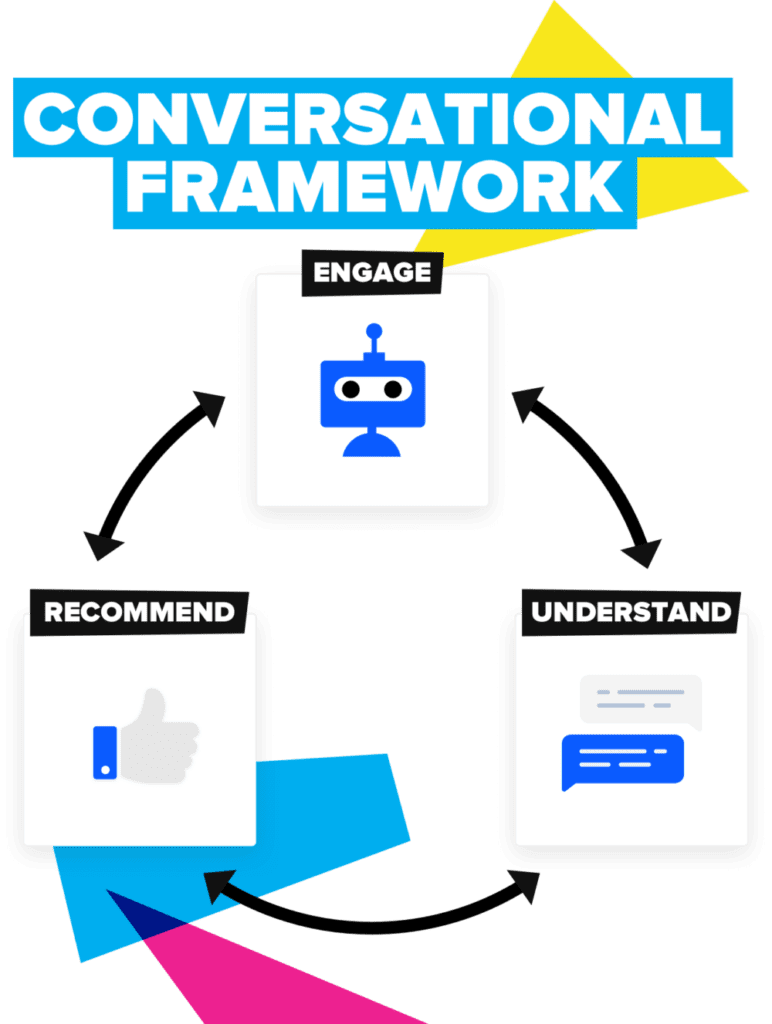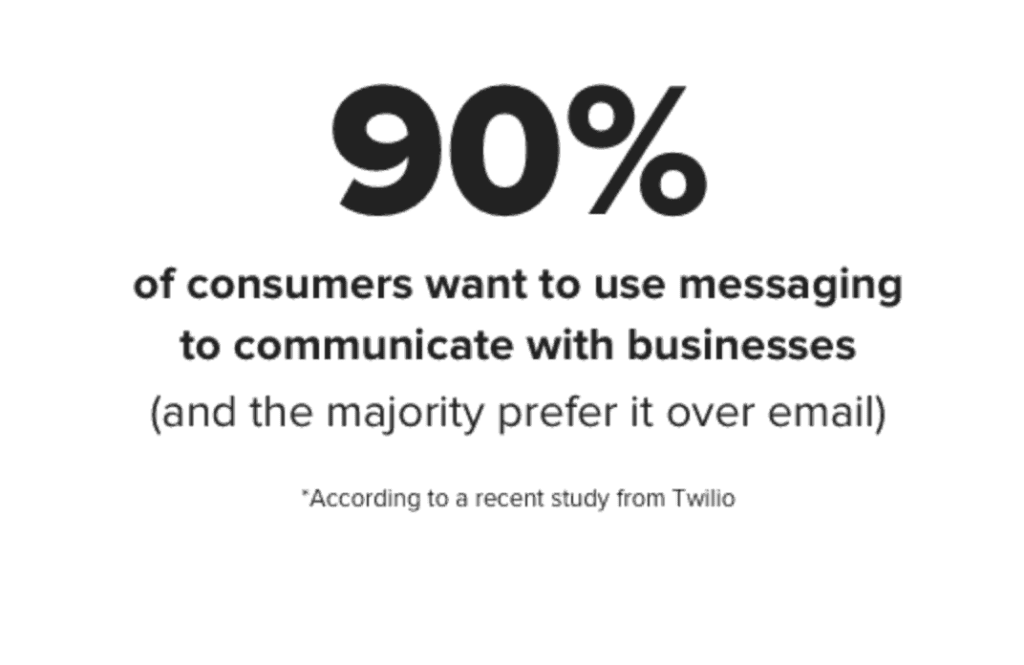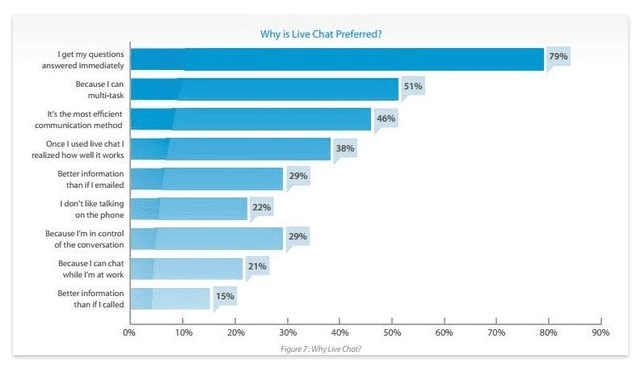As a business, you are constantly searching for the right digital marketing strategies and the right message to deliver to the right audience. But what if you don’t need new tactics? What if you simply need to adapt the way you deliver your content?
It’s all about striking the balance between content and inbound marketing, and the effectiveness of content throughout the buyer’s journey or inbound marketing funnel.
Buyer’s Journey vs Inbound Marketing Funnel
According to Hubspot, the buyer’s journey is ‘the process buyers go through to become aware of, consider and evaluate, and decide to purchase a new product or service’.
The buyer’s journey is often used to visually map how a customer navigates through the buying process. This includes the awareness stage, the consideration stage and finally, the decision stage.
The inbound marketing funnel is based on the theory of attracting people to your business with relevant information that ultimately encourages them to make a purchase further down in the buyer’s journey.
Contact Us
The inbound marketing funnel can be broken down into three stages: the top of the funnel (awareness stage), middle of the funnel (consideration stage), and bottom of the funnel (decision stage).

Increase your online sales with a sales funnel
What the customer sees at each stage is carefully considered in order to drive them through the customer journey, resulting in a purchase (or whatever your call to action may be).
Related: AIM High – Why Inbound Marketing
Accelerating the Buyer’s Journey
In parallel with the strategy of the Inbound Marketing Funnel, marketers also use email marketing. This helps shorten the timeframe between top of the funnel and bottom of the funnel. By carefully planning the entire buyer’s journey, you can create relevant content and calls to action that drive the customer towards the next stage in the journey.
That’s where marketing automation comes in. Typically, marketers use software to automate repetitive marketing activities such as email marketing, social media posting, and even ad campaigns. Not only does this increase efficiency, but it also provides more personalised experiences for customers.
Marketing and sales teams use marketing automation to automate digital marketing campaigns and sales activities to help increase revenue and maximise efficiency.
Marketing automation helps with lead generation, nurturing, and conversion (TOFU), as well as with measuring overall return on investment on campaigns. It also lets you implement a digital marketing strategy without having to manually press “send” on every email, every post you write or campaign you create.
Good automation tools help you identify your target audience, create the right content, and automatically trigger actions based on schedules and customer behavior.
An automated marketing strategy can increase efficiency, save on resources and increase ROI while you focus on growing your business.
The key to accelerating the buyer’s journey is to learn the questions the customer wants answering, then use the tools you have to answer them at just the right time. Digital marketing is a fast paced industry, and as with most marketing strategies automated marketing is constantly evolving in order to reach your target audience with the most contextually relevant message.
Come Fourth Conversational Marketing
One of the biggest pitfalls marketers come across with automation marketing is that it is heavily reliant on email and targeted off-site advertising. However, times are changing and people are moving towards a different kind of communication online.
Direct messaging. More and more users are making a shift to direct one-on-one messaging platforms such as Messenger, Facebook Messenger, WhatsApp and similar platforms to communicate. With that in mind, these platforms are investing big time in business communication. Direct messaging is extremely effective and more importantly, customers have come to expect it.
It’s time to stop creating generic content for a group of people and start a conversation with an individual.
Is direct messaging realistic for businesses?
One of the biggest fears businesses have when it comes to direct messaging is how feasible it is to respond to every query instantly. Is conversational marketing scalable? The fact of the matter is that’s the direction of the train so businesses either need to jump on board or potentially miss out. This is the way users are communicating, so if you’re not, rest assured your competitor is.
Once upon a time buying personas were viewed in a similar light. Businesses thought it wasn’t a scalable solution. However, fast forward a few years and marketing strategies are far more effective as a result.
Buying personas increase qualified traffic and conversion, therefore reduce the amount of traffic required to drive sales. Undoubtedly, conversational marketing will have a similar impact.
Human vs Chatbots
Chatbots offer a whole new method of engagement. Not too dissimilar to how marketers use automated marketing, businesses can use chatbots to start micro conversations that are contextually relevant, tactfully timed and begin a natural conversation.
From a user perspective nothing makes life easier than one-on-one human interaction to provide value when we need it, but that’s not scalable in most organisations. However, chatbots and AI provide a solution to this scalability gap, by responding to users instantly in a natural way that leaves people satisfied with the service they have received.
Think about the best buying experiences you’ve ever had.
Most people will refer back to an experience where someone answered their questions or pain points easily and naturally (not salesy), which lead them to buy the product they were interested in.

Conversations are the fundamental way people engage, understand, and make recommendations to each other.
According to a recent study from Twilio, 90% of consumers want to use messaging to communicate with businesses (and the majority prefer it over email).

Conversational marketing uses real-time direct messaging and AI chatbots so users never have to wait for the information they need. This allows customers to engage with your business instantly at a time that’s convenient for them, like when they’re already on your website.
Conversational Marketing is not just Live Chat
Many people categorise conversational marketing as just live chat — but it’s so much more than that. Conversational marketing doesn’t focus on a single tool. Yes, live chat is part of it and Facebook Messenger, Slack, WhatsApp, email, and other platforms allow natural, instant conversations to happen, but conversational marketing is about the changing communication preferences of consumers.
Here’s what HubSpot Co-Founder Dharmesh Shah had to say:
“Conversation marketing is not new. Not only have we long been having conversations with customers — even the term itself has been around for at least a decade. The reason for the renewed interest in conversational marketing is that because of advances in technology and shifts in consumer behavior, conversational marketing can now happen at scale.
We can have direct, one-to-one conversations with individual customers on their timeline — not ours.”
Every day new technology is being introduced to make marketing more and more effective. Businesses can use these emerging platforms to meet the growing expectations of consumers easily.
Choosing a platform
To ensure a successful conversational marketing strategy you need to choose the right platform and understand its capabilities. Typically, people expect to be able to engage instantly in three main areas: Social media, your website and via text message or WhatsApp. So you need to carefully consider which channels you want to embrace and choose a platform accordingly. Here are three great platforms to get you started:
IntelliTicks:
IntelliTicks is great for interacting with visitors and uses natural language processing (NLP) to answer common customer queries instantly. It’s available 24/7 so it’s ideal for businesses that need around the clock customer service as it can save money on employing human resources.
A beneficial feature of IntelliTicks is that it’s a hybrid platform that enables a human to take over the conversation if the Bot can’t understand the customer query.
Features:
- Hybrid Chat Platform — Both AI + Human
- API Integrations like Zapier
- Has Payment-in-chat option
- Has Menu-in-chat option
- Suitable for SMEs
- No coding required
- Facebook Messenger & Website Chatbot with Mobile Apps
- Human Fall-Back Option
- Free plan available
Botsify:
This platform is particularly handy for those who don’t have code or program experience. The platform offers several integrations out of the box and works on numerous platforms including Facebook messenger and website.
Features:
- Live Chat
- Easily integrated and embedded with websites
- Facebook Messenger Chatbot
- No Free Plan
- Create automated and personalised messages
- Lets you know if the user needs to speak to a human
- Has no Human Fall-Back Option
Drift:
Drift is a conversational marketing and sales platform. This platform can help generate leads and takes an active inbound marketing approach. It connects with users through a chat window or e-mail messages.
Drift also captures visitor’s details and exports the data to the lead’s profile making it easier for you to access the lead’s information such as Chat and pages visited.
Features:
- Supports Integrations like MailChimp, Slack, WordPress
- Sends automated messages
- Collects customer data and generates leads
- Chatbot automatically responds visitors
- Has a mobile app for responding on the go
- Free plan option
- LiveChat available
Get Started with Conversational Marketing
Step 1: Understand buyer’s journey
In order to add the most value to the user you need to know the best stage in the journey for your content to appear. Consider the steps the user takes to reach the top of the funnel and decide when the best time might be to interact or offer customer support, also think about what you want the result of the conversation to be.
“Businesses should strive to deliver the right message, at the right time, to the right person, with the right information, on the right channel, every single time.”
- HubSpot’s bot expert Brian Bagdasarian
Step 2: Create user stories
Similarly to a buyer persona, a user story is a short, simple description that may follow the below template:
- As a (who wants to accomplish something)
- I want to (what they want to accomplish)
- So that (why they want to accomplish that thing)
A user story can help you create a personalised conversation as opposed to just writing about the benefits.
Step 3: Have the conversation out loud
Run through your questions and answers out loud. Follow the steps the consumer will take to make sure you have covered all possibilities. The aim is to map out the conversation and make sure it responds to any possible queries, naturally.
Step 4: Identify any cluster topics
Once you’ve mapped out your questions and potential answers, determine if you want to allow the conversation to flow into a related topic. The reason for this is to make the conversation more contextually relevant.
Step 5: Start using conversational marketing
Implement your conversational marketing strategy across your platforms and make sure consumers know it’s available.
Step 6: Measure
Once users are engaging with your bot you need to measure the results. Look for trends and common patterns and use this data to tweak and improve your strategy.
Benefits of conversational marketing for a business
Targeted conversations
One of the biggest benefits of conversational marketing is targeted conversations and value propositions via direct engagement with the user. That’s why it’s so important to map out the buyer’s journey and keep the user story in the forefront of your mind. Targeted conversations also keep the user engaged as the information they’re receiving is of value to them and broken down into bite-sized messaging.
Intent-based conversations
Intent-based conversations are the key to conversational marketing success. Once you know the user intent, you can provide the right solution. Take time to consider your conversational user story and user intent.
The best thing about digital marketing is the instant access to data. You can ask the user to engage based on multiple factors such as time on page, clicks, or based on what they’ve already shown interest in. Knowing the intent will also ensure your conversation remains authentic.
Increase pillar page conversion
Pillar pages are beneficial to both businesses and the user as they deliver valuable content and drive traffic to your website. Conversational marketing allows you to make the most out of the quality content on your pillar page. By using CTAs and Chatbot popups you can add value at various stages of the content.
Read through your pillar page content and consider the questions that may arise from it. Then make sure you answer them.
Related: What is a Content Cluster? Everything you need to know
Increased conversion rates
Increased conversion rates are a direct result of conversational marketing. It’s simple, the better experience a user has the more likely they are to convert. Our best experiences are always those that are easy and natural.
Conversational marketing is super convenient. That’s why most people around 79% use live chat.

Benefits of conversational marketing for the customer
Conversational marketing is convenient
Consumers are using their phones more and more, which means the content they digest also needs to be mobile friendly. According to TechCrunch, consumers spend 5 hours per day on their phones. With that in mind, it’s easy to see why mobile shopping continues to surge. That’s why conversational marketing is the ideal solution.
Conversational marketing channels such as messaging apps and email are mobile friendly. This makes them far more convenient for the user than having to scroll through websites to find information. A simple click and they can ask their question and receive an instant, personalised response.
Related: What is the Importance of Being Mobile First?
Conversational marketing offers valuable insights about your customers
Conversational marketing offers valuable insights about your customers. This is both beneficial to you as a business and the consumer. By listening to what it is they want, the questions they have and analysing their interests and steps, you can deliver a more personalised customer experience.
Conversational marketing allows you to collect data at scale, which you can then use to improve customer interactions, content and product and services. The ability to make informed decisions will have a huge impact on your conversion rates.
In addition, it highlights any problems or reoccurring issues, allowing you to amend or improve them quickly.
Conversational marketing builds authentic relationships.
Conversational marketing is effective because it builds relationships with customers through the experience of a natural conversation. Messaging apps for example, “provide a continuous thread between customers and brands”, which nurtures the relationship and builds trust from the perspective of the consumer.
Conversational marketing also offers the perfect opportunity to inject your brand personality. Direct messaging can be more expressive, with the inclusions of things like images, gifs, emojis, and videos. All of these humanise your brand and get your brand personality across.
The future: why natural conversation is the way forward
Congratulations, you made it to the bottom of the page! We’re happy you found this conversation interesting (and hopefully a little helpful too).
To summarise… Conversational marketing is changing the way businesses interact with their audience. Marketing automation is bridging the gap between what you think the consumer wants and what they actually want by using Bots, CRMs and other channels to collect valuable data. Using that data companies can map a customer journey in order to provide the right content at just the right times.
More importantly, these platforms allow businesses to converse with their audience in a more efficient and effective way that enhances the overall customer experience.
Looking to get started? Check out our quick dot points for conversational best practices.
Conversational marketing best practices
- Conversations should serve a purpose
- Channels should be simple to use
- Don’t forget about your inbound marketing strategy
- Choose the right places to add value
- Map out the customer journey
- Humanise your brand and have natural conversations
- Always think about how you can improve the customer experience more
- Keep it simple. People only want quick and easy solutions
The future belongs to businesses who embrace conversational marketing strategies. Brands should continue to use inbound marketing methods and other marketing channels, but should also work towards interacting with their audience in a more natural and authentic way.
To start developing your conversational marketing strategy, contact AIM Internet today on 0207 856 0418.

